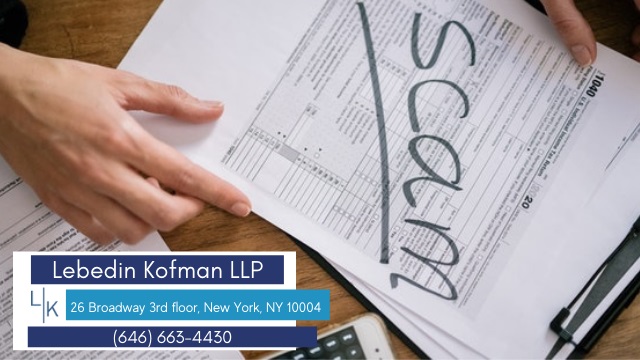nya mail fraud punishment
In order to be eligible for a mail or wire fraud conviction, you have to commit at least one of these: using the United States Postal Service, a private interstate carrier, or an interstate wire transfer. These methods are the most popular kinds of wire and mail fraud which is why there are numerous instances of each. If you're charged with any of these crimes prepare to defend yourself using the most effective defense.

